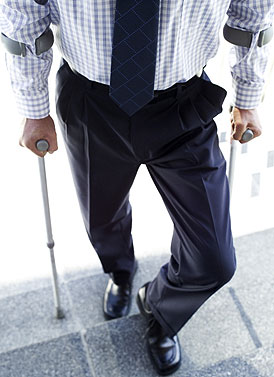In the past, court cases have been based largely off of “he said, she said” testimonies. Evidence of what happened was sometimes hard to come by and a lot of crimes went unpunished. During times before democracy, a lot of people were also wrongfully punished and sent to prison or worse for crimes that they didn’t commit. But then in the 19th century, photography came about and video technology came soon after.
Shouldn’t this have solved many of the problems of court cases? Could this have the ability to settle disputes between different people if there were videos of what happened and detailed records of what a scene looked like, etc.? That doesn’t seem to be the case. As with anything, people have mastered the art of manipulating evidence. When so much is at stake, as is with many court cases, there are going to be people who bend the truth to get the outcome that the desire. Photographs and videos, just as any other evidence, can be manipulated and used to the advantage of either side of an argument. Photos can be Photoshopped to tell a lie, and videos can also be distorted and manipulated to show a distorted version of the truth.
When it comes to personal injury cases, a lot of the case depends on the wellbeing of the plaintiff and how they say the personal injury affected them. While medical reports are the prominent sources of evidence for this case, quite a bit still rests on the plaintiff’s testimony on how the injury affected their day-to-day life and quality of life.
So that’s where the question of video comes in. Recently a man won a personal injury case, even though there were no medical records stating his injuries, on the grounds that he suffered “great pain and suffering, disability, impairment [and] loss of joy of life,” according to reporting by KUTV-TV. His accident was in 2009 and he claimed that he suffered a back injury, however, a few weeks after he filed his personal injury claim, he was videotaped pushing a giant 2,000-pound boulder in Utah. Not only was this action against the law, but it also brought about questions about his personal injury claim.
Although the defendant against his claim might try to use this video as an appeal for the personal injury case that he has previously lost, it is doubtful that this video will be sufficient proof to determine whether or not the plaintiff was not affected by the personal injury. So although the video might make it look like the plaintiff was not as injured as he claimed, it is almost impossible to prove.
There are many instances when video can be a very helpful tool in a personal injury case, or any case at all. But it is very circumstantial and the usefulness of video footage will vary case to case. If you think that you have a video of something that can help you win a personal injury case, make sure you bring it to your lawyer and they can help you determine whether or not you want to bring it forward and use it as evidence in your case.
Written by Kellie Bertels, an attorney with the firm Bandré, Hunt & Snider, LLC where they are the leading personal injury attorneys in Jefferson City MO.

